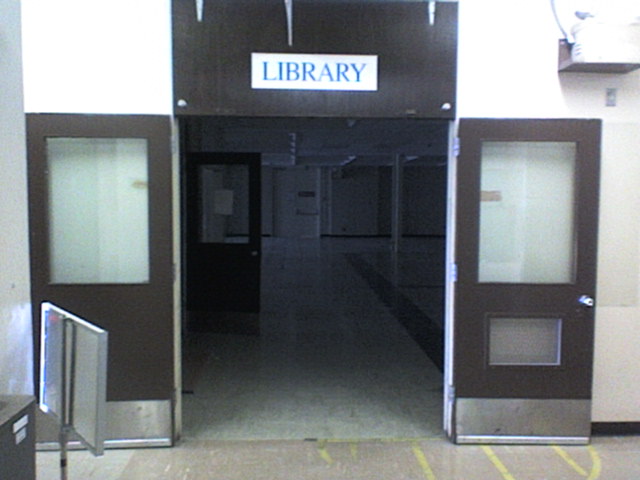The continuum. It’s not an “organization of intergalactic intelligent designers whose purpose seems to be constant irritation of Jean-Luc Picard”:http://en.wikipedia.org/wiki/Q_%28Star_Trek%29. The continuum is the ultimate expression of quantum mechanics. It is what nature does with energy when it converts to mass: generate a continuous distribution of random particles whose production doesn’t violate the conservation of energy or quantum numbers, like “lepton number”:http://en.wikipedia.org/wiki/Lepton_number.
The continuum is the white noise of nature. Smash together matter and antimatter, create pure energy, and what will most often come out are simply random combinations of quarks and leptons with no particular structure to their energy. That is, their mass and kinetic energy form a continuous distribution, a continuum. If I could convert the appearance of these random particles to a singular image, I would invoke the snow on a cathode-ray tube TV screen, hissing and popping.
But the continuum isn’t harmless. Because nature produces anything allowed by conservation of energy, all kinds of stuff that isn’t necessarily of particular interest to your research comes popping out of a particle collider. It may not be of interest, but it can cause real trouble. Particle and nuclear physicists speak of the *probability of production*, a geometry-independent quantity called the *production cross-section*, or just the *cross-section*. The cross-section of various non-B-meson processes at BaBar, for instance, far outranks that of B-meson processes. Overwhelmed by the TV snow of the continuum, we have to be clever and reject as many of these events as possible. But their overwhelming production rate, coupled with their somewhat random kinematics, means that sometimes lots of useless events will happen to match the signature of signal, and must be measured and treated to account for them. Think of trying to watch your favorite TV show on a station that barely comes into your TV, the sitcom visible but buried in a sea of flickering dots.
I am in the process of struggling with the continuum. In my current reseach, I am working with several of the students in my group to reconstruct B mesons decaying into a strange meson (one containing at least one strange quark) and a photon. The photon is very high energy, a gamma ray, with one to several billion electron volts of energy. You’d think that would be a fairly unique signature – a whopping gamma ray slamming into our Cesium-Iodide calorimeter – but you’d be wrong.
For instance, one continuum process is the generation of a charmed meson, whose mass is large and thus can be mistaken to a bottom meson. What’s worse, the decays of charmed mesons can produce jet-like structures of *very* high-energy neutral pions, and the preferred decay channel of these pions is photons. Getting a multi-billion electron volt photon is cheap, and then said photon ends up contaminating our analysis.
We’re in the process of minimizing the time needed to run over all of BaBar’s real and simulated data. We’ve learned that events from charm continuum production not only take the longest to process (they contain lots of high energy photons), but are also the biggest events (because they often have a large multiplicity of low-mass hadrons). Consequently, to make economical usage of disk space and CPU time, we must make an early effort to remove these continuum reactions.
The continuum at first sounds like innocent white noise, a hissing TV, but in fact it is a rich and complex structure of the quantum mechanical world that challenges and vexes.



